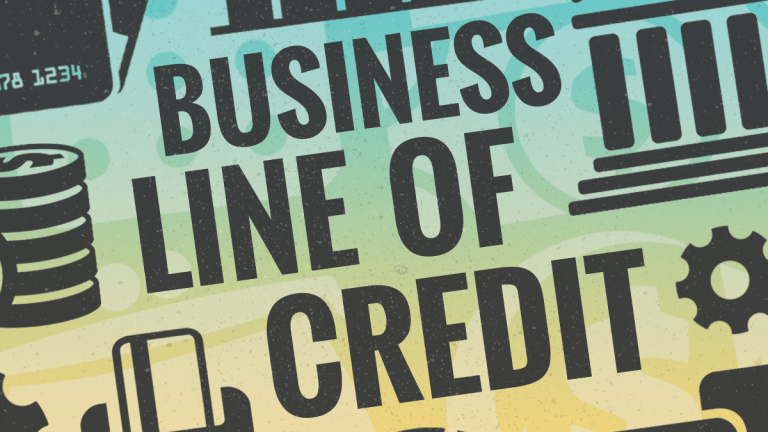
A business line of credit can be a valuable tool for small businesses that take a strategic approach to making sure they have access to the resources they require to meet day-to-day working capital needs and fill other short-term financial necessities. It allows them to apply and qualify today for borrowed capital they may need down the road. Many businesses use a line of credit as part of a larger capital access approach including short-term and longer-term financing to fuel growth and fund other revenue-generating projects.
A small business line of credit has more in common with a small business credit card than with a small business loan.
Like a small business loan, an unsecured line of credit provides a business with access to money that can be used to address any business expense that arises. Unlike a small business loan, however, there’s no lump-sum disbursement made at account opening that requires a subsequent monthly payment.
A small business line of credit is subject to credit review and annual renewal, and is revolving, like a credit card: Interest begins to accumulate once you draw funds, and the amount you pay (except for interest) is again available to be borrowed as you pay down your balance. As with a credit card, the lender will set a limit on the amount you may borrow.
A business line of credit (LOC) is a revolving loan that allows access to a fixed amount of capital, which can be used when needed to meet short-term business, needs.
A LOC is one of the tools a business can use to finance short-term working capital requirements, such as:
Secured Business Line of Credit— This type of LOC requires the business to pledge specific assets as collateral to secure the line. Since a line of credit is a short-term liability, lenders typically ask for short-term assets, such as accounts receivable and inventory. Lenders don’t often require capital assets, such as real property or equipment, to secure a LOC. If the borrower is unable to repay the line, the lender will assume the ownership of any collateral and liquidate it to pay off the balance.
Unsecured Business Line of Credit— This type of LOC does not require specified assets as collateral—however a general lien and personal guarantee will likely be required.
Because there is no specific collateral for this type of line of credit, businesses will likely need a stronger credit profile and positive track record to qualify for a loan. Also, the interest rate may be slightly higher. Unsecured lines of credit are often smaller.
From a lender's point of view (traditional lenders such as banks and online loans all offer business lines of credit) lines of credit and term loans are very different. For example, when lenders evaluate your creditworthiness for term loans, they look at your business's credit profile and make their lending decisions today.
For a line of credit, they are looking at a business’ credit performance today, to make decisions about the creditworthiness of the business at some time in the future when it accesses the credit line. To a lender, these are two very different situations and could explain why the qualification process for a line of credit might be a bit more thorough.
That’s not the only difference between a term loan and a line of credit. A term loan involves a fixed amount of funds, which the business receives in a lump sum once the loan is approved. Periodic payments are typically repaid over a defined period of time, or term, in a prearranged schedule of payments until the balance is paid in full.
A business line of credit also includes additional flexibility that is not part of a small business loan. A LOC is essentially a line of credit that a business can borrow on demand, repay, and often reuse over a period of time. Most lenders require you to zero your LOC balance at some point during your line of credit.
LOCs are often used for short-term operating purposes and more direct income-generating activities because the business can access funds on an as-needed basis.
Maintaining a reputable line of credit can increase your business's credit score and provide you with better credit terms should you seek financing in the future. Many small business experts suggest that first-time applicants should build a credit profile by opening an appropriate line of credit and paying down debt quickly.
Keeping small business finances running smoothly can often be a challenge in today's fast-paced world. Depending on your specific business needs, a small business line of credit may be the simple solution you need to reach your growth goals at a pace that's right for you.